*WWII Era Vought OS2U Kingfisher Layout Blueprint - American Catapult-Launched Observation Floatplane






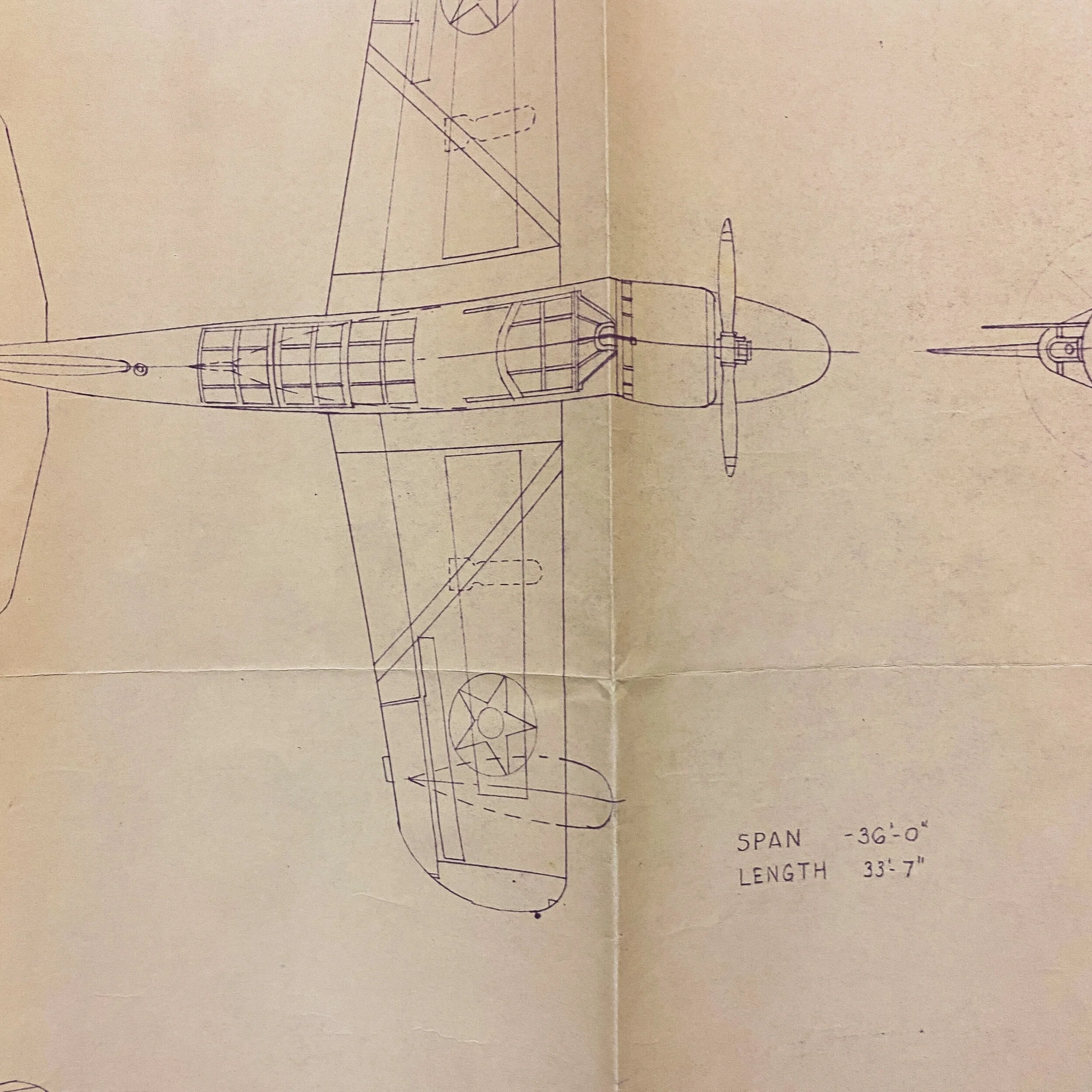


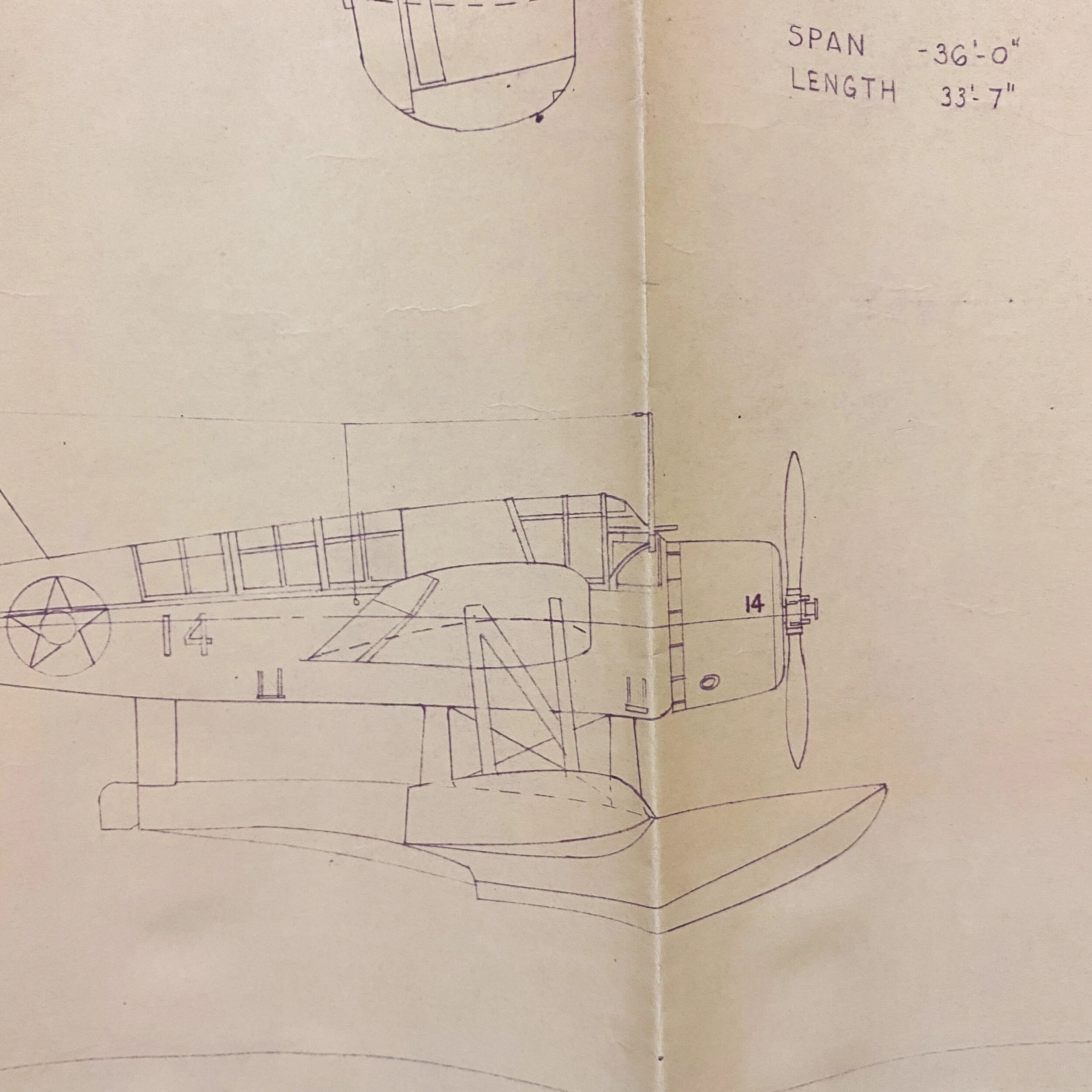
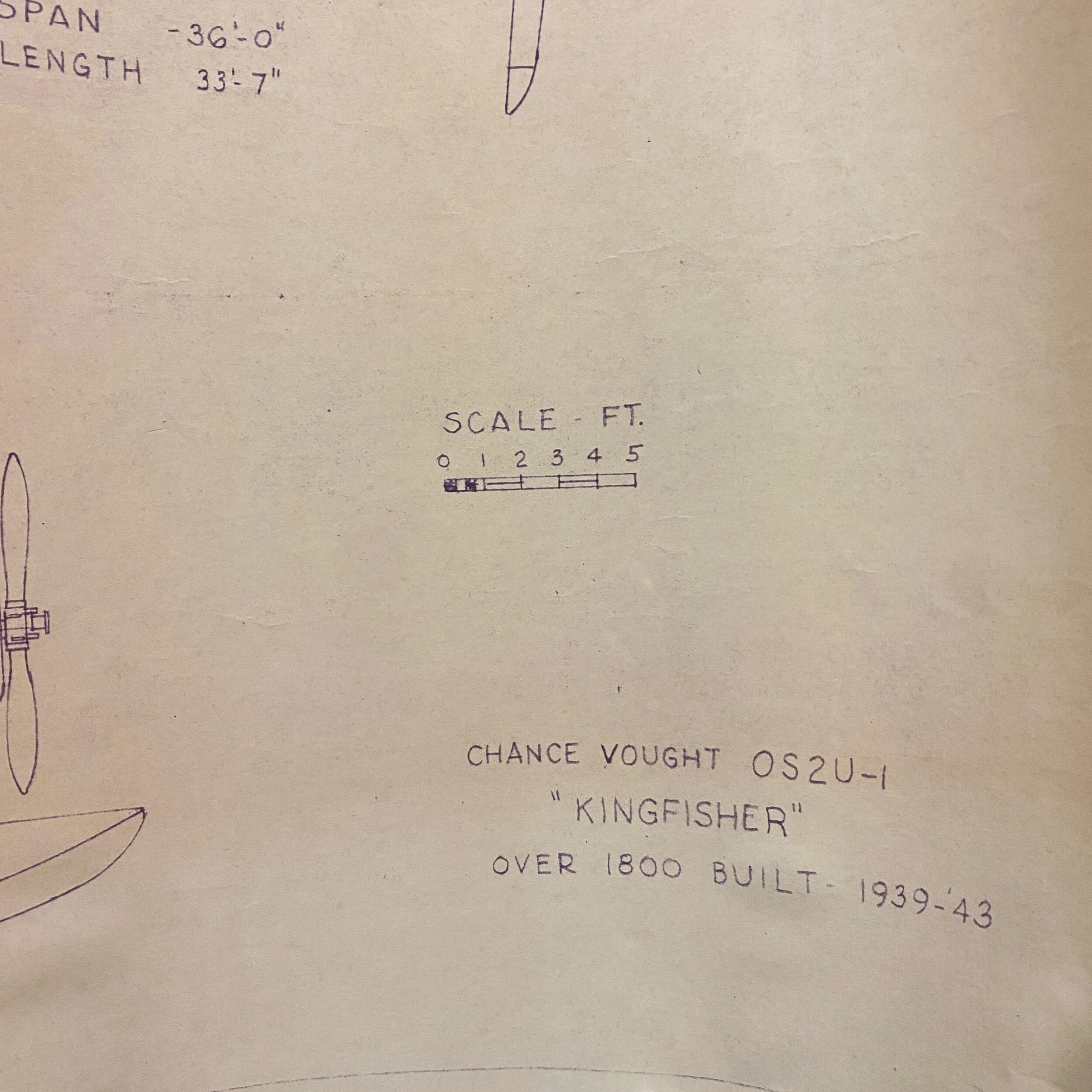



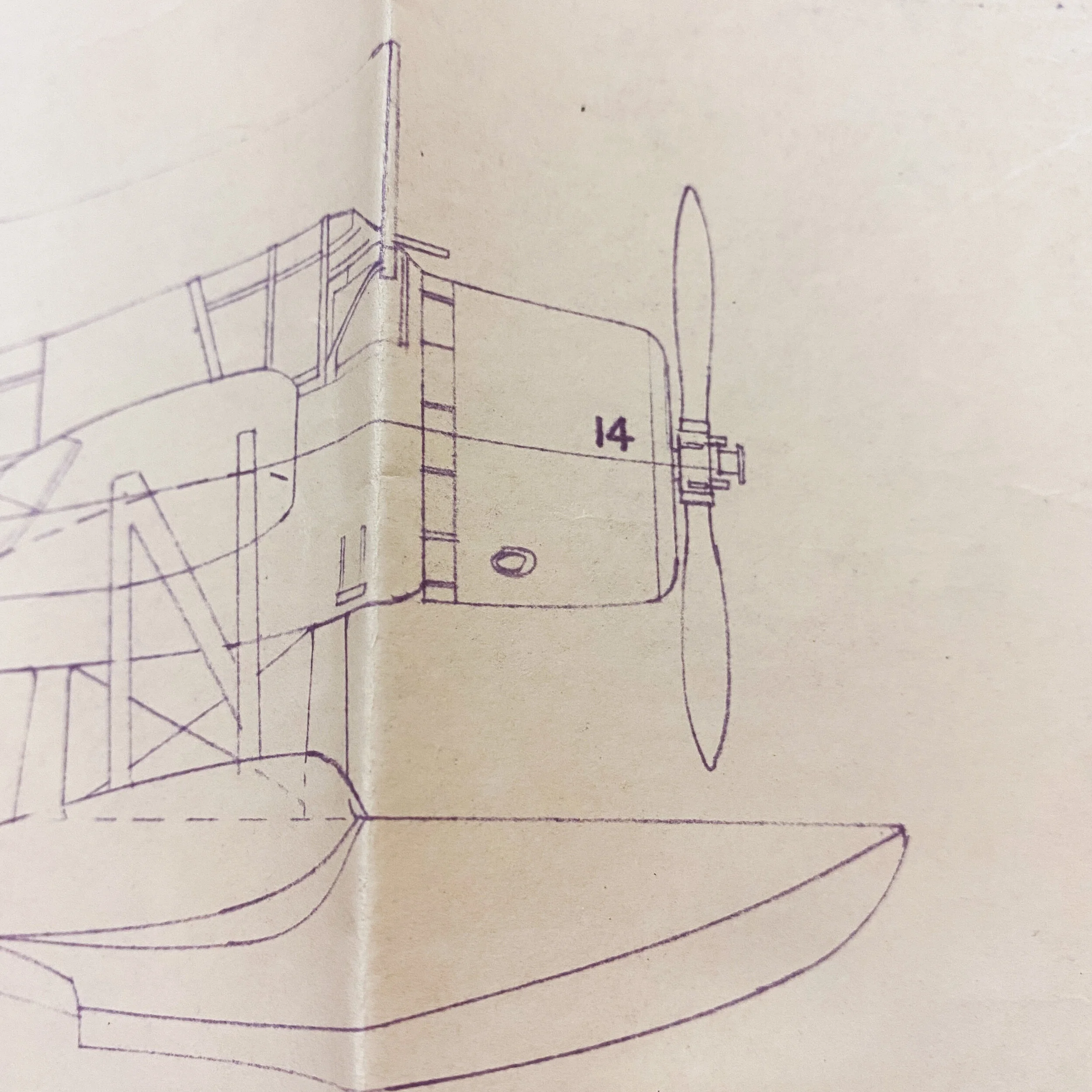

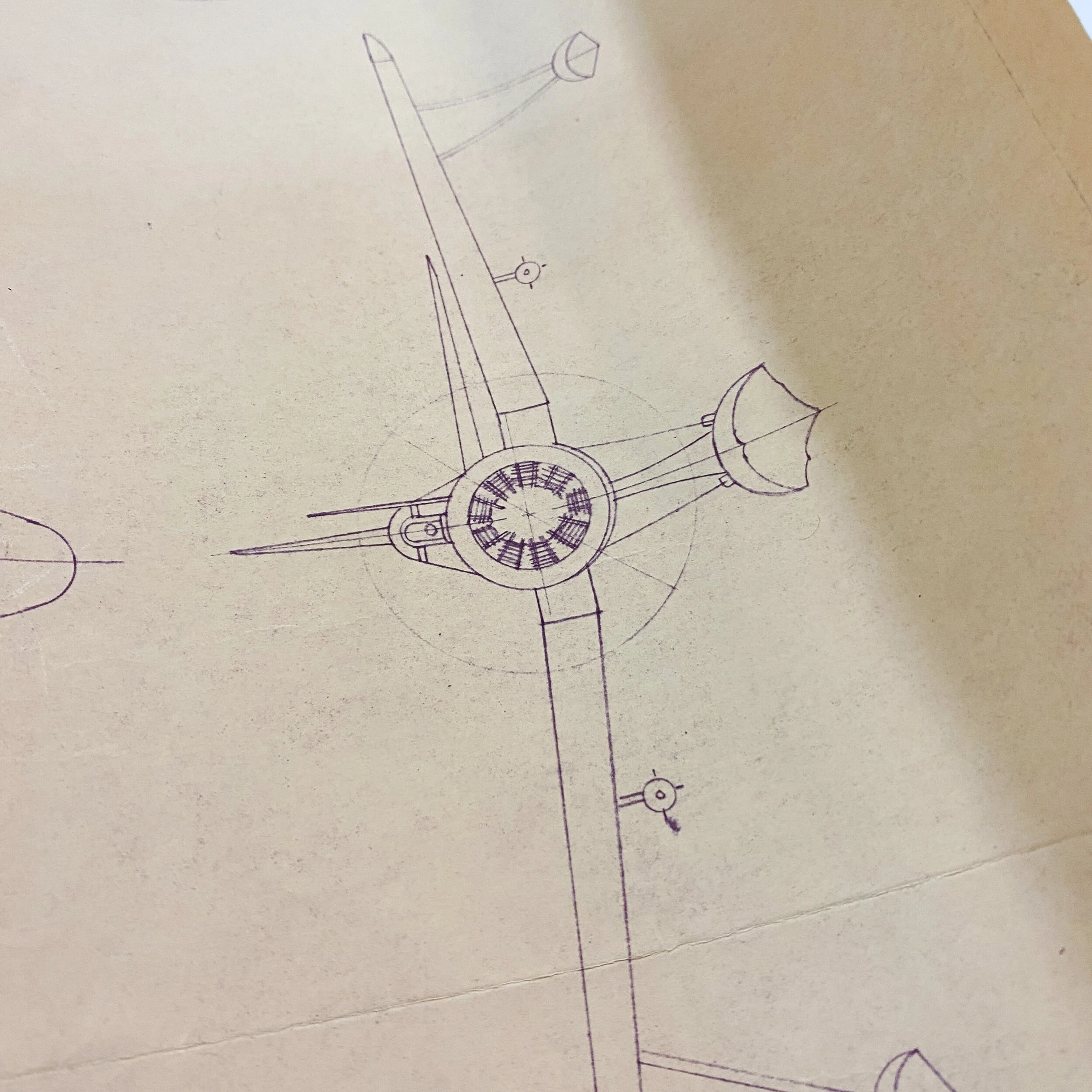
*WWII Era Vought OS2U Kingfisher Layout Blueprint - American Catapult-Launched Observation Floatplane
The Vought OS2U Kingfisher is an American catapult-launched observation floatplane. It was a compact mid-wing monoplane, with a large central float and small stabilizing floats. Performance was modest because of its low-powered engine. The OS2U could also operate on fixed, wheeled, taildragger landing gear.
The OS2U was the main shipboard observation seaplane used by the United States Navy during World War II, and 1,519 of the aircraft were built. It served on battleships and cruisers of the US Navy, with the United States Marine Corps in Marine Scouting Squadron Three (VMS-3), with the United States Coast Guard at coastal air stations, at sea with the Fleet Air Arm of the Royal Navy, and with the Soviet Navy. The Royal Australian Air Force also operated a few Kingfishers from shore bases.
The Naval Aircraft Factory OS2N was the designation of the OS2U-3 aircraft built by the Naval Aircraft Factory in Philadelphia, Pennsylvania. The OS2U first flew on 1 March 1938. For combat missions, the pilot had a .30-caliber Browning M1919 machine gun, the receiver mounted low in the right front cockpit, firing between the engine cylinder heads, while the radio operator/gunner manned another .30-caliber machine gun (or a pair) on a flexible Scarff ring mount. The aircraft could also carry two 100 lb bombs or two 325 lb depth charges. Additionally, the "Kingfisher", as it was designated, served as a trainer in both its seaplane and landplane configurations.
This World War II era blueprint shows the modifications, and spec constructional designs of the Vought OS2U Kingfisher. This blueprint denotes wingspan/ length and is drawn in a shaded scale. This blueprint of the Vought OS2U Kingfisher is marked drawing A-25.
Combat History:
The first 54 Kingfishers were delivered to the U.S. Navy beginning in August 1940 and six had been assigned to the Pearl Harbor-based Battle Force before the end of the same year. Many of the following 158 OS2U-2s were attached to flight training at Naval Air Station Pensacola, Florida, but 53 were assigned to equip the newly established Inshore Patrol Squadrons, based at NAS Jacksonville, Florida. In 1942, nine more Inshore Patrol Squadrons were established, all exclusively equipped with OS2N-1s built by the Naval Aircraft Factory.
The Kingfisher was widely used as a shipboard, catapult-launched scout plane on U.S. Navy battleships, heavy cruisers and light cruisers during World War II, as well as playing a major role in support of shore bombardments and air-sea rescue. Two examples showing the plane's rescue capabilities include the recovery of World War I ace Eddie Rickenbacker and his crew from the Pacific in November 1942 and Lieutenant John A. Burns' unique use of the aircraft on 30 April 1944 to taxi airmen rescued from Truk Lagoon to the submarine Tang, which was serving rescue duty near the atoll on that date. In all, LT Burns rescued 10 survivors on two trips and was awarded the Navy Cross for his efforts.
Australia received 18 Kingfishers from a batch of aircraft ordered by the Dutch East Indies that was diverted to Australia in 1942. They were initially used as training aircraft for pilots destined for flying boats, but in 1943, they were used to equip No. 107 Squadron RAAF, which carried out convoy escort duties until disbanded in October 1945. One Kingfisher was used in support of the Australian National Antarctic Research Expedition in 1947–48.
Throughout its U.S. Navy service, the OS2U and even its predecessor, the Curtiss SOC Seagull served much longer than planned, as the planned successor, the Curtiss SO3C Seamew, suffered from an insufficiently powerful engine which was a complete failure. The OS2U was only slowly replaced in the latter stages of World War II with the introduction of the Curtiss SC Seahawk, the first examples reaching the U.S. Navy in October 1944.